Timed to coincide with World Oceans Day (8 June), Plymouth-based charity the Ocean Conservation Trust (OCT) is launching an ambitious project called Blue Meadows. Its aim is to provide protection for 10% of all UK seagrass over the next five years – that’s around 700 hectares, or the equivalent of 700 football pitches.
Also read: Biggest Seagrass bed yet identified in Cornwall
The trust says it is also unveiling the UK’s largest experimental seagrass nursery this week, at a 400sq m purpose-built facility in Devon where a team of experts will be researching restoration techniques in a pair of large polytunnels. The nursery is financed by the Green Recovery Challenge Fund.
The first Blue Meadows project is in Falmouth, Cornwall, where buoys are being placed in three hotspots to protect more than 20 hectares of seagrass beds. Baseline biodiversity measurements have already been conducted.
A campaign then begins to inform Falmouth leisure and commercial boat-users about the location of the meadows and engage them in the project, in a bid to minimise disturbance and allow the seagrass to regenerate and flourish.
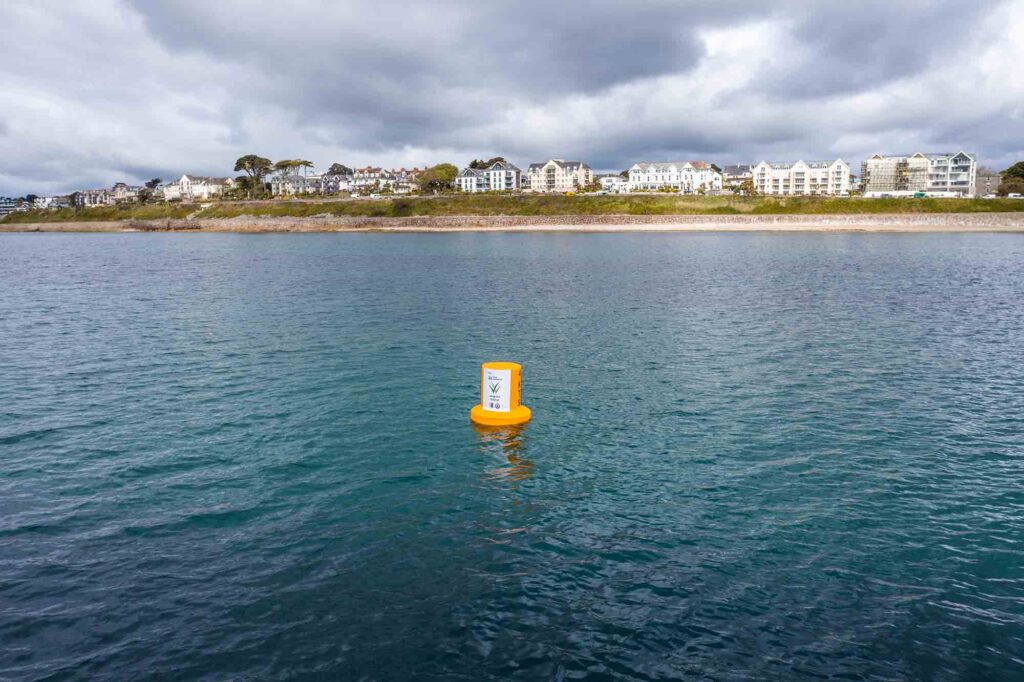
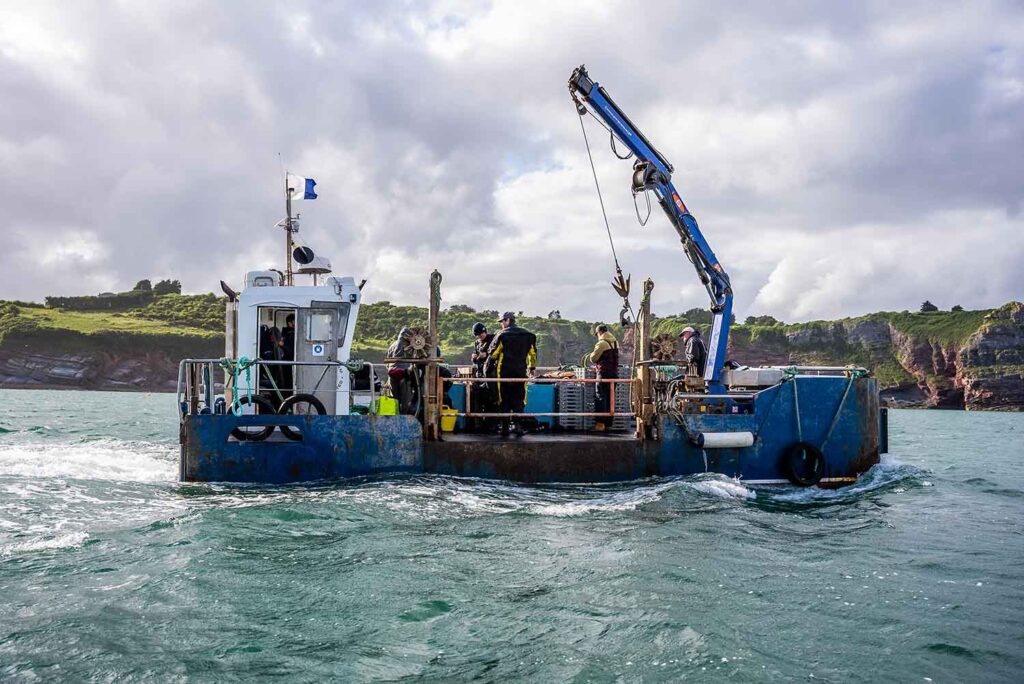
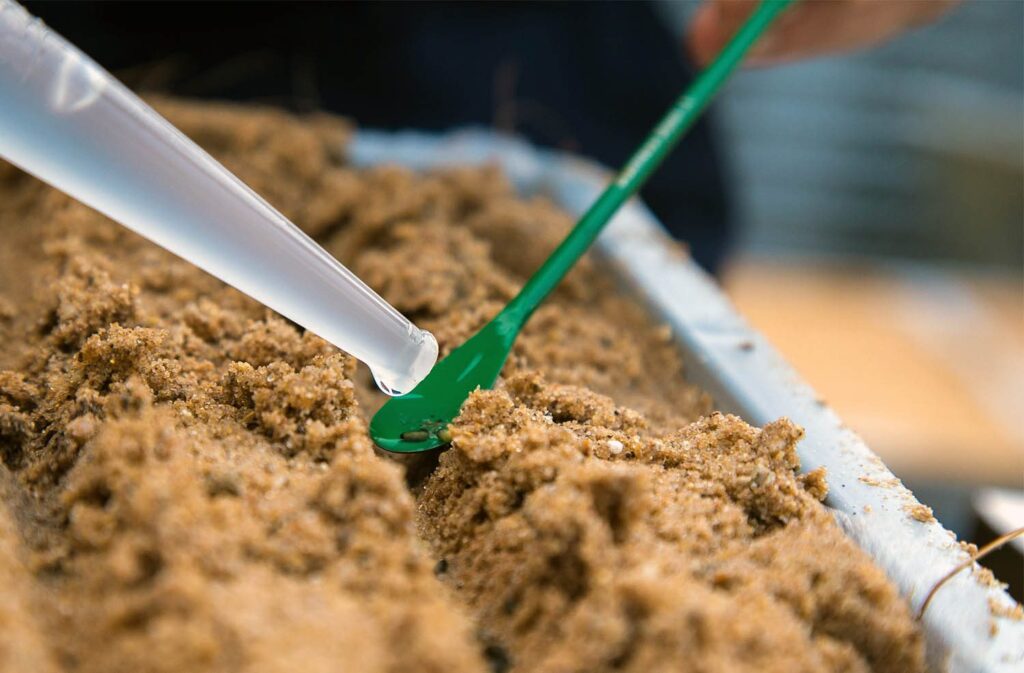
A further 50 hectares are to be similarly protected at a second site in Torbay, Devon, enabling existing seagrass meadows to regenerate alongside large-scale seagrass restoration.
Seagrasses can absorb carbon up to 35 times more efficiently than rainforests and, despite covering only 0.2% of the ocean floor, store 10% of its carbon, says the OCT.
They also provide nursery environments for commercially important fish species, with a single hectare of UK seagrass hosting up to 80,000 fish and 100 million small invertebrates, as well as rare and endangered species such as seahorses and stalked jellyfish.
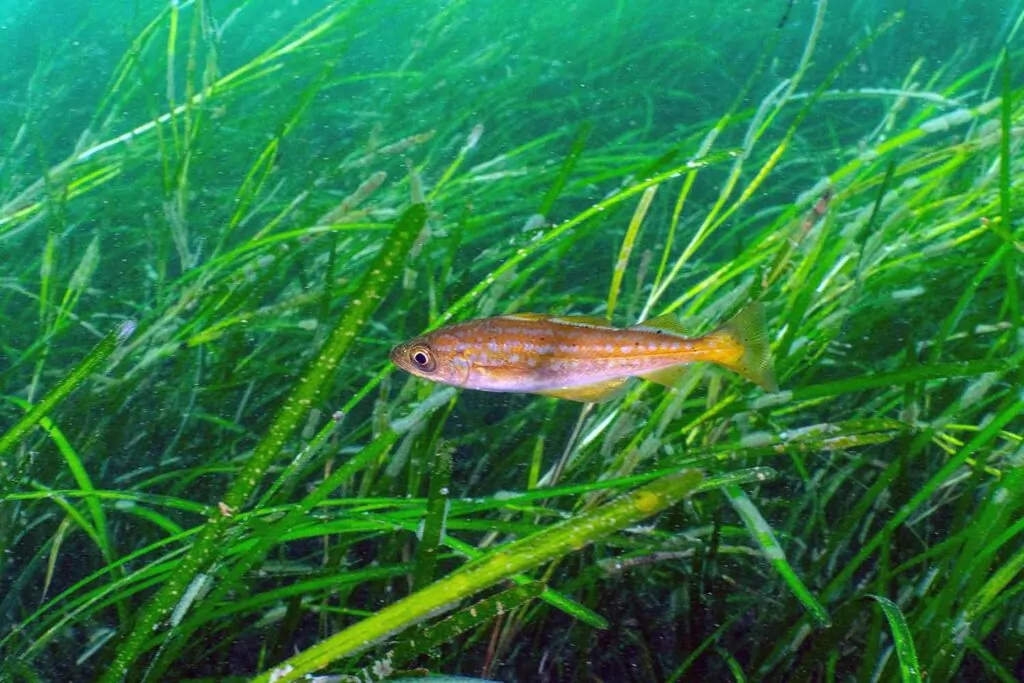
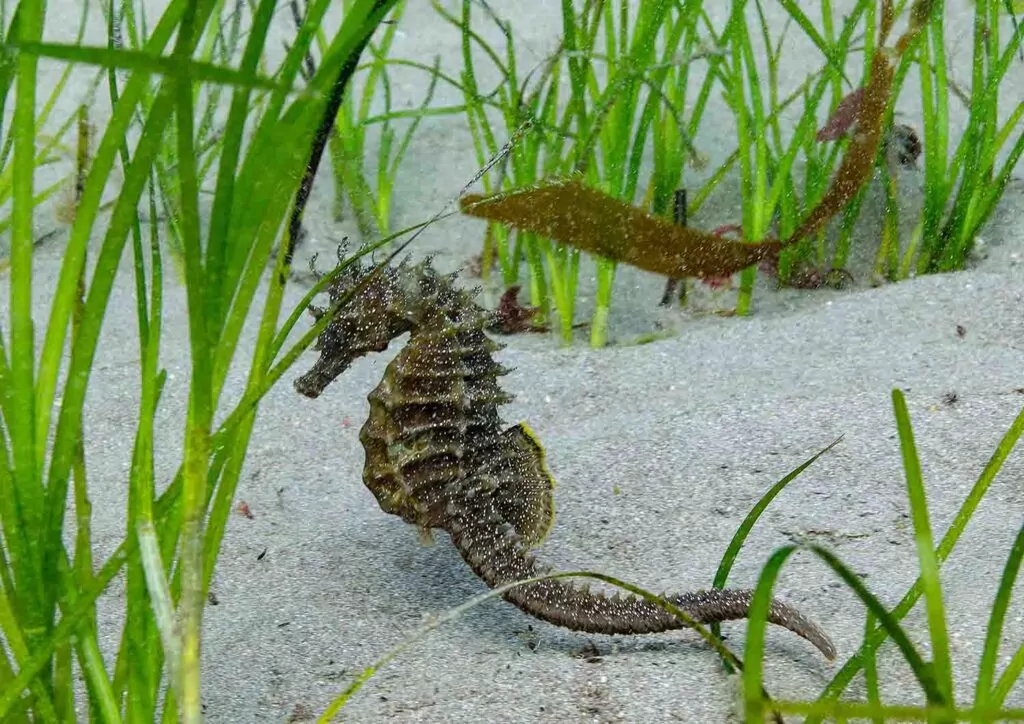
“Since the 1930s up to 90% of Zostera marina seagrass beds have been lost and, despite the importance of these habitats, they are still in decline,” says OCT development officer and scuba diver Mark Parry. “In the UK alone, around 500 hectares of seagrass beds are being lost every year, mainly due to human activity.”
“We need the important work of restoration to be supported by protection, and that’s why we will work together with harbour authorities, businesses and our scientific partners at Imperial, Keele and Plymouth Universities to fast-track protection, while developing scaleable, cost-effective techniques for restoring what we have already lost,” says CEO Roger Maslin.
Find out more about the Blue Meadows project and how to help to protect a meadow.
Also on Divernet: World’s Biggest Plant Revealed in Shark Bay, Divers Shift Seagrass Seeds And Nets, We Should Fight To Protect UK Seagrass, Seagrass Damage A Double Whammy
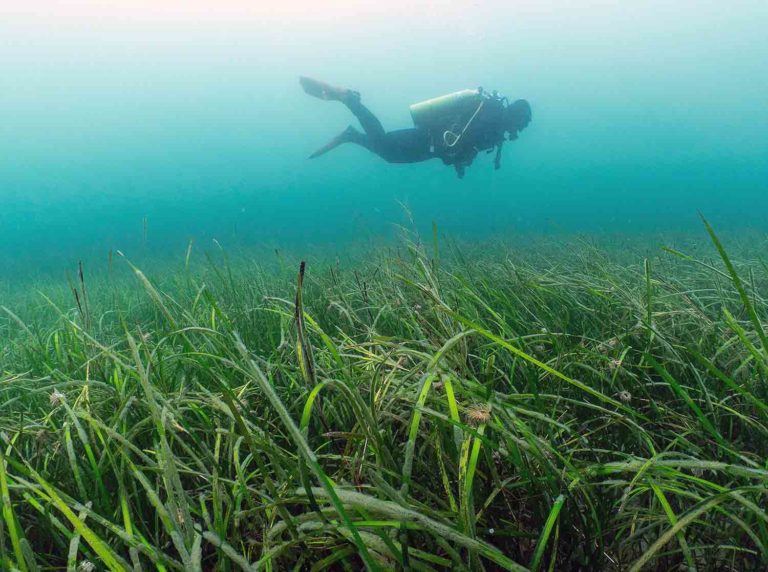

You need to publish a map of where these areas are if you want leisure boats to avoid them